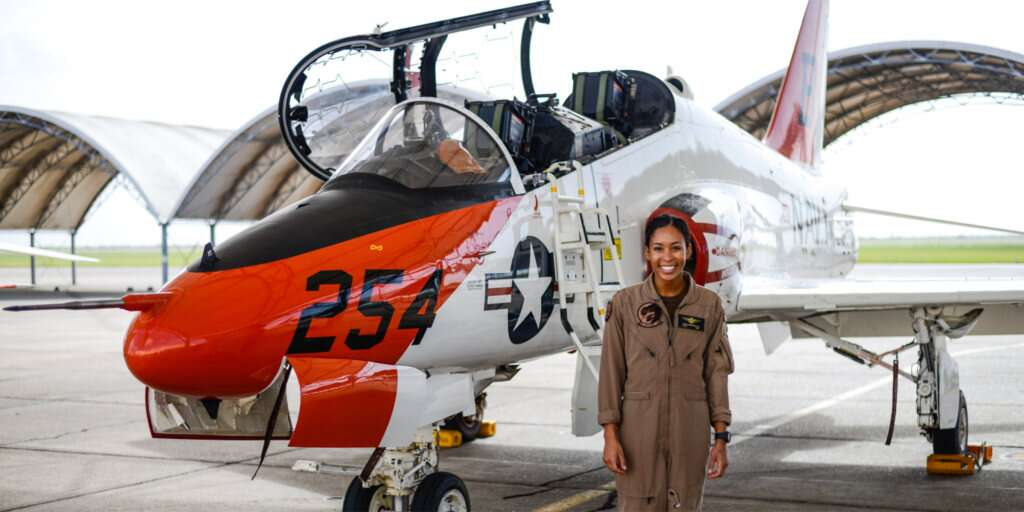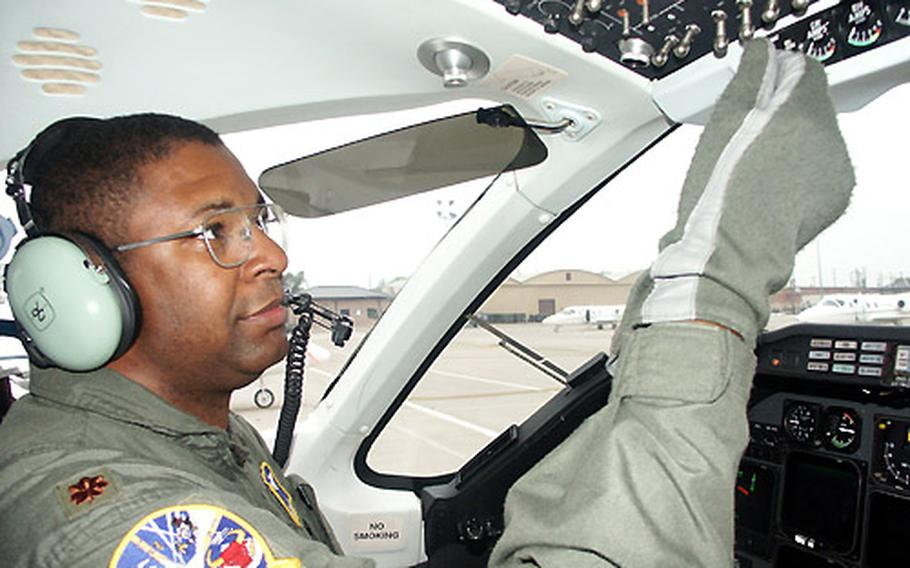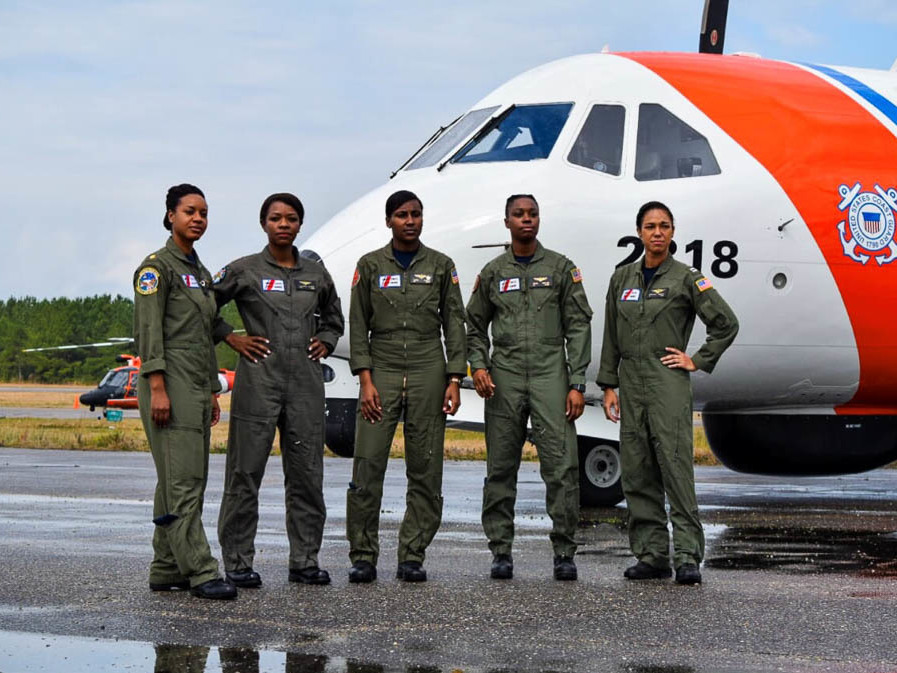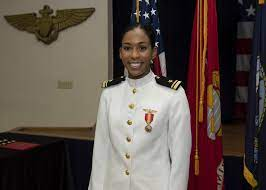Navy Pilot Preperatory Clasees
WELCOME TOU.S. NAVY PILOTS (OR NAVAL AVIATORS) ENTRANCE EXAM PREPARATORY CLASSES
YOUR DREAM TO JOIN U.S MILITARY PILOTS (Naval Aviators) BEGINS HERE!
ASTA Aviation International Academy offers preparatory classes to young Cameroonian candidates of both sexes who aspire to become Navy Pilots. The NAVY PILOTS (or Naval Aviators) training programme is a fully sponsored scholarship programme offered by the United States of America.
You will not find anywhere in the world a more advanced aviation training than that offered by the United States.
There not a lot of jobs in the world that are even more slightly exciting than being a Navy pilot (or Naval Aviator)

Navy pilot (or Naval Aviators) are in the centre of the United States by Naval Aviation Team – A highly skilled team that is charge of over 6,000 military aircrafts. As a Navy pilot (Designator 1310) you will be part of an elite group of aviators who fly and fight in the world’s most technologically advanced aircrafts-sometimes from the deck of an aircraft carrier.
At ASTA Aviation International Academy, we believe in providing you with the best NAVY PILOTS (NAVAL AVIATORS) preparatory classes experience possible that is tailored to your individual needs required for the entrance examination. Our highly-trained instructors, certified mechanics and support staff are solely focused on your success as a career navy pilot.
We invite you to start your navy pilot pathway at ASTA Aviation International Academy today by completing the Request Information Form below or by calling us directly at (+237)680015921 or on WhatsApp by clicking here or emailing us at navyprep@astaaviation.aero
To do this job well, you will need critical thinking skills, unwavering determination and the strong will be to persevere through the toughest challenges.
There are not a lot of jobs in the world that are even slightly more exciting than being a Navy Pilot.
Let us jump right into the specifics.
During your preparatory classes, you will learn what exactly the tasks of a naval aviator are and what precisely you will face in the entrance examination. You will equally go through entrance preparatory syllabus, exam and training steps.
The NAVY PILOT PREPARATORY CLASSES is designed to give students who aspire to become U.S military NAVY PILOTS (or Naval Aviators) a highly motivated and exceptional opportunity, fundamentals, hands-on and advanced training required for the entrance examination.
Candidates should be aware of the fact that preparation might take place out of campus which might require extra charges.
Cost : 450 USD
START DATES :
June 05th 2023
July 03rd 2023
September 04 2023
October 02nd 2023
December 04th 2023

Admission Criteria
The list of application criteria for Navy Pilot below is current as of May 2022.
Below are some basic information/requirements you will need to know before applying.
There will be more requirements during the application process but these will get you in the door.
Applicants must meet the following criteria
- Must be at most 23 years old by the end of exam written year
- Must be free from criminal record.
- Be single and have no child at their care.
- Must be Cameroonian.
- Be free from all infectious diseases.
- Be in full possession of their civic rights.
- Must be of good health.
- Must be a holder of At least A/L or Baccalaureate or Equivalent in science or related field.
WANT TO KNOW MORE ABOUT NAVY PILOT (NAVAL AVIATORS)? DO NOT WORRY, SCROLL DOWN
What Does A Navy Pilot Do?
Navy Pilots fly from different types of aircrafts to conduct critical missions around the world—most of the time on short notice.
The Navy has a wide variety of aircraft that are used for various purposes, including transport and combat roles. From jets, to helicopters and turbo-propeller or other tactical aircraft, the Navy aviation training pipeline is diverse enough to give you plenty of choices after completing primary flight training.

During advanced flight training:
You will learn technical and leadership skills specific to your aircraft such as air-to-air combat, bombing, search and rescue, aircraft carrier qualifications, over-water navigation, and low-level flying.
As a Navy Fighter Pilot, the sky is yours to dominate. Your missions are among the most daring and most important. Imagine yourself doing…
- Complete complex air maneuvers while flying at Mach speeds.
- Catapult off carriers at 170 mph and land on moving runways only 300 feet long.
- Gather intel, drop ordnance and conduct defensive missions—all in the most versatile strike fighters on the planet, the F/A-18 Hornet and the cutting-edge F-35C Lightning II.
As a helicopter pilot, you’ll have the opportunity to fly different missions from the decks of several types of Navy ships with such missions as anti-submarine warfare or tracking potential enemies.
Helicopter pilots search for underwater mines, fly vertical replenishment missions, and conduct emergency search and rescue missions.
As a turbo-prop pilot, you may fly a multi-engine E-2C Hawkeye early-warning aircraft on a radar-surveillance warfare mission from either a carrier or shore station.
Turbo-prop pilots conduct some of the Navy’s most important missions including tracking submarines, surveillance, and collecting photographic intelligence.

Naval Aviator (Pilot) Training
As a Navy Pilot, you’re first a U.S. Naval Officer – then a Naval Aviator. So, the training pipeline starts here where you’ll be transformed into a Naval Officer.
Naval Aviator (Pilot) Training
As a Navy Pilot, you’re first a U.S. Naval Officer – then a Naval Aviator. So, the training pipeline starts at the Navy Officer Candidate School where you’ll be transformed into a Naval Officer.
You then transition to Flight School. The specifics will depend on your assigned aircraft platform.
Let’s go deeper…
Officer Candidate School
Prospective Navy Pilots attend a 12-week Navy orientation course that develops knowledge of the naval profession and helps make the transition from civilian life to Navy life.
This is called Officer Candidate School or OCS, which is located in Newport, Rhode Island.
Graduates of the U.S. Naval Academy and Naval Reserve Officer Training Corps (NROTC) do not attend Navy OCS.
Academic and military training at OCS are difficult and intense. Good study habits, self-discipline, and physical fitness conditioning are required.
Satisfactory completion of Navy OCS is required prior to commencing flight training.
Also Read: Navy OCS Guide for Officer Applicants
Naval Flight School

U.S. Naval Flight School is composed of four phases:
1.Aviation Pre-flight Indoctrination (API)
2.Primary Flight Training
3.Intermediate Flight Training
4.Advanced Flight Training
Now, let’s go through the details of all the phases.
1. Aviation Pre-Flight Indoctrination (API)
API introduces Student Naval Aviators (SNA) to flight basics. SNAs attend classes such as introduction to basic aerodynamics, aviation weather, air navigation, flight rules and regulations, and aircraft engines and systems.
SNAs also attend classes with the Naval Operational Medical Institute where they are exposed to aviation physiology and learn about how flight affects the human body.
API is located in Pensacola, Florida.
2. Primary Flight Training (Primary)
Primary Flight Training teaches the SNA the basics of actually flying. SNAs have two choices for where to attend Primary Training.
1.Naval Air Station Whiting Field in Pensacola, Florida
2.Naval Air Station Corpus Christi in Corpus Christi, Texas
All Naval Air Stations use the T-6B Texan II to train for Primary.
In Primary Flight Training, SNAs learn visual flight, basic instrument flying, introduction to aerobatics, radio instrument navigation, formation flying, and conducts several solo flights.
All SNAs go through the same curriculum for Primary. At the end of Primary, SNAs choose the type of aircraft they would like to fly.
Here are the options for aircraft types:
- Jet
- E2/C2
- Maritime
- Helicopter
- E-6 TACAMO
Each of these choices have its own subsequent training pipeline.
3. Intermediate Flight Training
Intermediate Flight Training is different for each of the 5 aircraft platforms that you can choose upon completion of Primary Flight Training.
In Intermediate Flight Training, SNAs learn more about navigation and air traffic control by flying to other training bases.
Intermediate training for the single seat aircraft such as the jet platforms will focus on individual skills, while the multi-seat platforms such as maritime propellers, helicopters, and E2/C2 will focus on crew coordination.
Here are the Intermediate training locations for the aircraft platforms:
| Platform | Location |
| Jet | Meridian, MS or Kingsville, TX |
| E2/C2 | Meridian, MS or Kingsville, TX |
| Maritime | Corpus Christi, TX |
| Helicopter | Pensacola, FL |
| E-6 TACAMO | Corpus Christi, TX |
4. Advanced Flight Training
Advanced Flight Training is the final stage of Naval Flight School.
Here, SNAs learn skills specific to their chosen platform such as air to air combat, bombing, search and rescue, aircraft carrier qualifications, over water navigation, and low level flying.
Here are the training locations for the aircraft platforms:
| Platform | Location |
| Jet | Meridian, MS or Kingsville, TX |
| E2/C2 | Meridian, MS or Kingsville, TX |
| Maritime | Corpus Christi, TX |
| Helicopter | Pensacola, FL |
| E-6 TACAMO | Corpus Christi, TX |
After completion of Advanced Flight Training, SNAs receive their Wings Of Gold.
HOW TO BECOME A NAVY PILOT
If you are interested in becoming a United States Naval Aviator, you must first be aware that earning a commission in the United States Navy is very competitive, especially in naval aviation.
You must determine if you meet the initial requirements to obtain a commission in the United States Navy. So, apply early – approximately 12 months before you graduate from college – as openings are limited and fill up quickly.
To become a Navy Pilot, you must be a 17 to 23 year-old Cameroonian citizen with an Advanced Level and must pass thet Aviation Selection test .
Note that this is slightly different from applying for a civilian aviation position because Navy Pilots directly affect national security. Know that you will be held to a higher standard of performance and behavior compared to civilian counterparts.
If that did not deflate you, you may have the right sense of pride and integrity for this job.
Above are basic information you will need to know before applying. There will be more requirements during the application process, but these will get you in the door.
Contact ASTA Aviation international Academy by filling the above form for a more personalized assessment and support.
Exclusive Offer
WANT TO KNOW MORE ABOUT AVIATION INDUSTRY?
Purchase our orientation manual